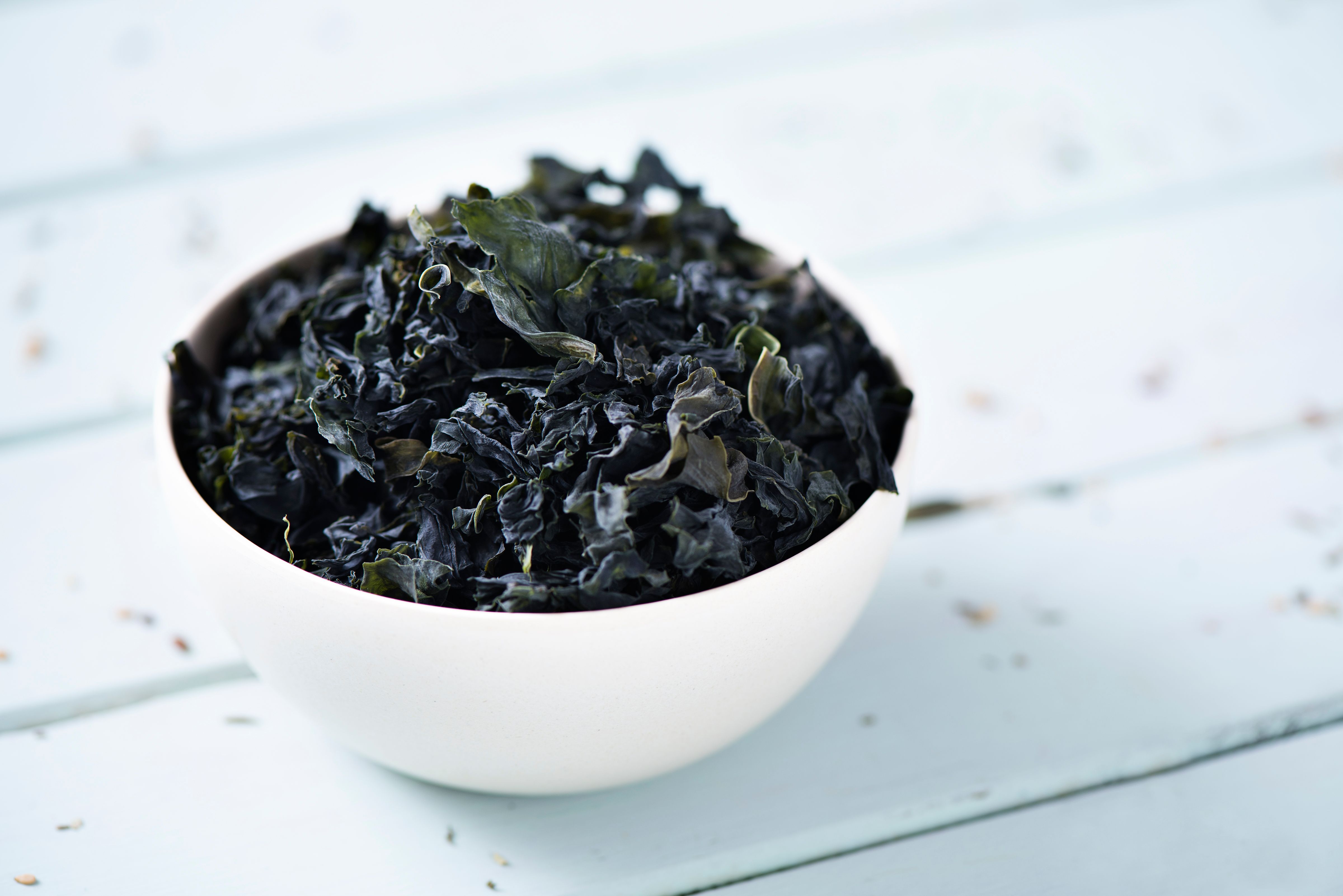Discovering Dulse: A Nordic Culinary Treasure
Introduction to Dulse
Among the wonders of Nordic cuisine, dulse stands out as a unique and nutritious ingredient that has been enjoyed for centuries. This red seaweed, known for its distinct flavor and rich nutrient profile, is gaining popularity beyond its traditional roots. From the coasts of Iceland to culinary enthusiasts worldwide, dulse is making waves in modern kitchens.
The Nutritional Powerhouse
Dulse is not just a flavorful addition to dishes; it is also a nutritional powerhouse. Packed with essential vitamins and minerals, it provides a significant source of iodine, potassium, and vitamin B12. For those following a plant-based diet, dulse offers an excellent alternative to seafood, delivering crucial nutrients often found in fish.
In addition to its vitamin content, dulse is rich in antioxidants and has anti-inflammatory properties. Regular consumption can support overall health and may contribute to better thyroid function, thanks to its iodine content.
How to Incorporate Dulse in Your Diet
Incorporating dulse into your meals is easier than you might think. Here are some simple ways to enjoy this sea vegetable:
- Salads: Sprinkle dried dulse flakes over salads for a salty, umami boost.
- Soups: Add dulse to broths and soups for depth of flavor.
- Snacks: Enjoy roasted dulse as a healthy snack alternative.

Culinary Uses Across Cultures
While dulse is traditionally associated with Nordic regions, it has found a place in various cuisines around the world. In Ireland and Scotland, it has been consumed for generations, often enjoyed as a snack or added to bread and stews. In Japan, dulse is used in similar ways to nori, enhancing the flavors of sushi and rice dishes.
The versatility of dulse allows it to blend seamlessly into contemporary culinary practices. Chefs are experimenting with its potential in innovative dishes, from gourmet appetizers to main courses. Its savory taste complements a wide array of ingredients, making it a favorite among creative cooks.
The Environmental Benefits of Dulse
Aside from its culinary appeal, dulse also offers environmental benefits. Seaweed farming is considered one of the most sustainable forms of agriculture. It requires no fresh water or fertilizers, and its cultivation helps to remove excess nutrients from the water, improving marine ecosystems.

Exploring Dulse Recipes
If you're inspired to try dulse at home, there are plenty of recipes to explore. From dulse-infused butter to hearty casseroles, this sea vegetable can elevate your home cooking. Consider trying a simple pasta dish with garlic, olive oil, and dulse flakes for an easy yet flavorful meal.
For those with a sweet tooth, dulse can even find its way into desserts. Its umami qualities enhance chocolate and caramel flavors, offering a surprising twist on classic treats.
A Final Word on Dulse
As more people discover the benefits and versatility of dulse, its popularity continues to grow. Whether you're seeking a new culinary adventure or looking to add more nutrient-rich foods to your diet, dulse is worth exploring. Embrace this Nordic treasure and enjoy the delicious journey it offers.

